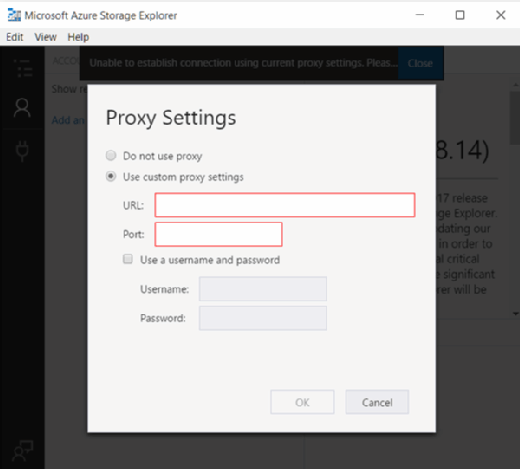

You can store pretty much everything-images, video files, audio files, PDFs, and larger documents.įile Storage – Store your files (simply) in the cloud. It is very scalable and is used for text or binary data. Blob storage can be accessed like an external hard drive, and you can even store virtual hard drives in blog storage. Queue storage is easily accessible via HTTP/HTTPs method calls.īlob storage – Created for larger files in which you can store a huge capacity of data. Queue storage – This type of storage is considered to be short-term, since the messages on queues have a lifespan of only 7 days. The main advantage here is the possibility of scaling when necessary. It's possible to access data using a clustered index. Table storage – Can store a large amount of structure data and allows you to store entities with name–value pairs. Storage Explorer supports different kinds of cloud storage

Once your work in the local emulator is finished, you can switch to your online Azure account in the cloud. The storage emulator can be installed as part of the SDK and allows you to test your development skills locally without the need of an online connection. The product can also emulate the online storage locally so you don't have to be connected. Storage Explorer is able to manage all of them. What can you do with Storage Explorer?Īs you know, Azure provides different kinds of storage, including table, blob, queue, and file storage. This freeware is small in size, but large in features. You can download and install Azure Storage Explorer here. The Snap platform ensures all dependencies are installed when you chose to install the Storage Explorer software. Presence in Canonical Snapstore – It is much easier to be present within snapstore, so the installation and onboarding for Linux users is easier. You can also create snapshots of managed disks and copy, download, and delete your managed disks. When a VHD is uploaded to a managed disk, the new AzCopy v10 integration enables the quickest upload possible.

Managed disk support – You can now create and manage VM disks using the Storage Explorer GUI.


 0 kommentar(er)
0 kommentar(er)
